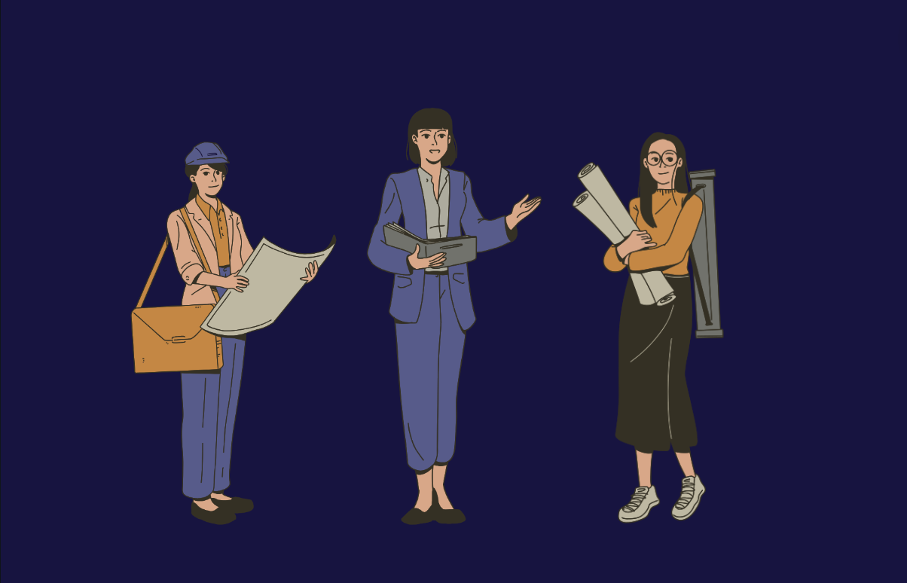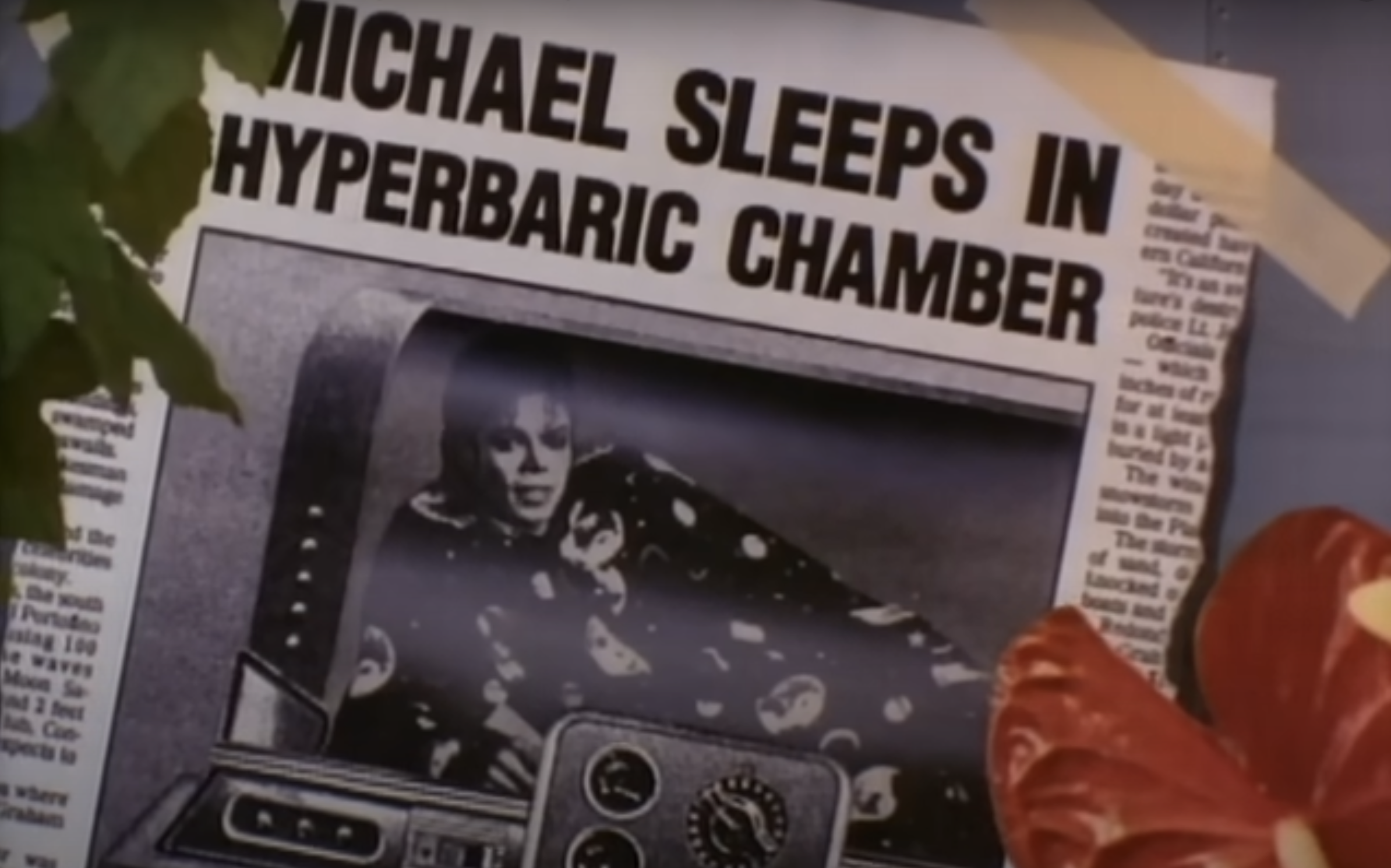In search of the perfect match – the 16-personalities test in the application process

How would you answer here if the result decides whether you get the job? Candidates can choose freely from gradations ranging from strongly disagree to strongly agree. However, when it comes to statements such as ‘You often end up doing everything at the last minute’ or ‘When there are differences of opinion, it is more important for you to prove your point than to consider the feelings of others’, the concept of social desirability plays a role in our answer, whether consciously or unconsciously. Who likes to admit that they prefer to stay out of team activities or are a slob in the workplace?
The answers to the questionnaire should reveal what kind of person you are. Let’s not kid ourselves: Personality and character play a major role in a job. In addition to polished CVs and professional qualifications, interpersonal fit is becoming increasingly important in the decision-making process. More and more companies are realising that a scientifically neutral perspective is worthwhile in order to find their perfect match among applicants. According to one forecast, the global market for personality assessment is set to grow from 7.4 billion dollars in 2021 to 16.5 billion dollars in 2028. This makes perfect sense, as good team dynamics have been proven to make employees happier in the workplace!
Personality tests such as the categorisation according to the Myers-Briggs Type Indicator (MBTI) mentioned above are becoming increasingly popular. Better known as the ‘16-Personalities Test’, people are divided into charming-sounding categories such as ‘The Protagonist’ or ‘The Defender’ and are often amazed at the accurate description they receive. But beware: their use is not entirely uncontroversial – more on this later.

Architect, advocate or activist: what is the 16-personalities test?
The 16-Personalities Test is based on the theory of Carl Gustav Jung, which was later developed further by Isabel Briggs Myers and her mother Katharine Cook Briggs. The questionnaire is used to categorise people into 16 different personality types based on four dichotomies:

These letters can be used to create a total of 16 personality types, each with an impressive title and detailed character description. In short: you are either the charming dreamer (INFP) or the methodical thinker (ISTJ). I’m an ENTJ, or commander – according to Myers-Briggs, a resourceful and strong-willed leader who always finds a way.
Of free spirits and number crunchers: Why the 16-Personalities Test is used in application processes
The personality types are not just a nice gimmick for a party, but can also be helpful in a professional context. After all, how someone works has a lot to do with how they are wired. Does the candidate quickly seek help in the event of difficulties or does she struggle through on her own? Does the candidate prefer to communicate regularly in a large team or does he or she work quietly? Can the potential employee follow and implement detailed instructions precisely or does he think creatively and look for new solutions?
Those who understand personality traits are better able to assess what motivates their fellow human beings and which situations challenge them. These assessments also flow into application processes – whether consciously or unconsciously. With the help of the MBTI, employers can better understand candidates’ personalities and evaluate whether they fit the job description. For example, sales managers need a more extroverted personality with a self-confident demeanour, while carers should be empathetic and caring.
Another advantage lies in the improvement of team dynamics. The test makes it possible to identify potential employees who not only have the necessary professional qualifications, but can also integrate well into existing teams and support the existing corporate culture.

A tool, not a miracle cure: criticism and challenges
Managers have long endeavoured to understand the different personality structures of their employees. Sounds good, doesn’t it? An interest in the nature and working methods of colleagues makes sense in principle, but that’s where the problems with personality analyses begin.
Let’s think back to the questions at the beginning of this article. Of course, you want to make a good impression during the interview – to show your best side. It’s obvious that applicants don’t always answer authentically in interview situations. This can lead to distorted (and in the worst case, useless) results.
This is not the only reason why psychologists criticise the scientific validity of the MBTI. The test is not sufficiently empirically substantiated and therefore does not provide reliable information about the real personality of the candidates (even if they answer the unpleasant questions honestly). There are also ethical concerns regarding data protection and the risk of possible discrimination based on the test results.
Questionnaires such as those used by Myers-Briggs only show snapshots. Personalities are dynamic. People change over time, and rigidly defined categories cannot reflect this development. Young career starters in their 20s have different priorities than employees in their 50s. They think, act and decide differently. And above all, they change through challenges. Applicants who don’t fit perfectly into one category may have the potential to develop and surpass themselves. If you sift them out early, you may be missing out on valuable talent.
So caution is advised! There is a high risk that employers will attach too much importance to the test results. They should only be used as a supplement in the application process – if at all. If companies nevertheless decide to integrate a personality test into the selection process, there are a few tips to bear in mind:
Best practices for companies
The right time: In order to provide meaningful results and not influence the process too early, the test is used at a later point in the application process. Candidates should never fill it out before the first personal interview or even attach it to the application.
Combination with other methods: The test works best in combination with other assessment methods to get a comprehensive picture of the candidate.
HR team training: It is important that HR employees are trained to interpret the test results correctly and integrate them into the application process in a meaningful way. Answers can form the basis for further questions and must not be viewed in isolation.

Gut feeling as a success factor
Technology never sleeps and personality tests are becoming increasingly sophisticated. Used correctly, the Myers-Briggs test can also be used as one of many tools in the application process. It offers valuable insights for both employers and applicants and can help to find the best possible matches – but it is no substitute for knowledge of human nature and a good old gut feeling!
Perhaps it will be easier to ‘read’ people in the future. But this is not yet the case. Managers who want to create a positive work culture should not (exclusively) rely on personality tests that categorise people into one of 16 categories, especially during the application process. There are alternatives to algorithms to determine whether someone will fit into the team.
We have summarised how successful recruiting can work without a test in our blog posts Storylistening in job interviews and Storytelling in the application process.
Share this article
Related articles

8 April 2025








